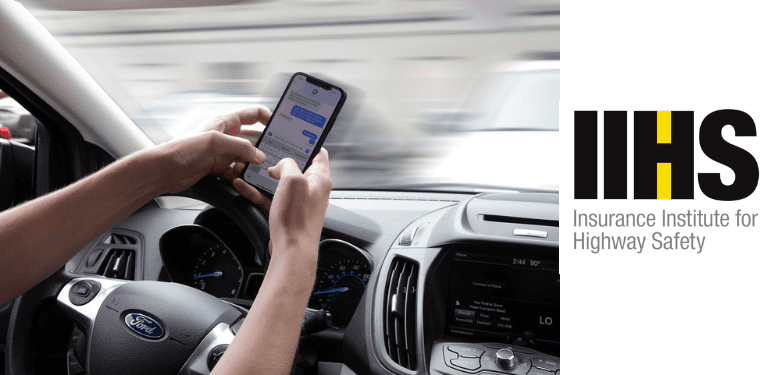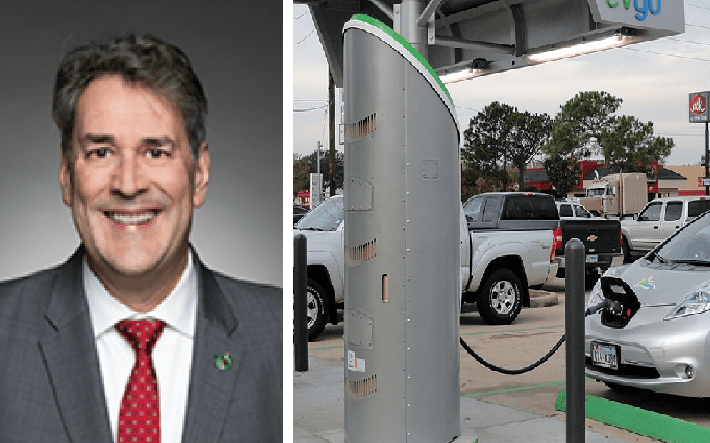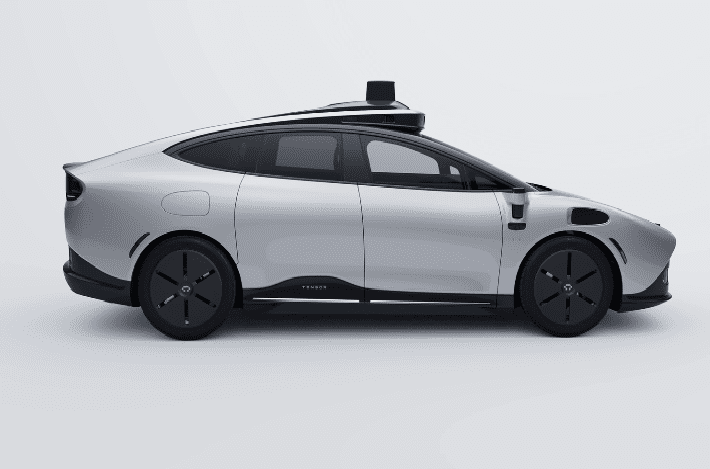Toronto, Ontario — In this electric and autonomous vehicle report, General Motors EV drivers gain access to Tesla superchargers; while an IIHS study reveals that perhaps too many drivers are multitasking while their vehicles are set for partially automated driving.
GM gets supercharged
On September 18, 2024, General Motors (GM) and Tesla announced that Chevy, GMC and Cadillac EV owners will now have access to over 17,800 superchargers in the United States and Canada.
However, despite Tesla opening up access to GM EV vehicles, drivers will first have to acquire GM’s Combined Charging System (CCS) to North American Charging Standard (NACS) adapter. Like other automakers, such as Ford and Rivian, GM will get many of these adapters directly from Tesla, but will also use other adapter suppliers to help meet demand.
Unlike Ford and Rivian who are giving drivers adapters for free, GM is instead charging drivers $225.
Another difference between the automakers is that while Ford and Rivian owners can plug their cars into a Tesla charger and have the system automatically authorize and pay for the charging session, GM EV owners will instead have to initiate charging using their vehicle’s app, or via the Tesla app.
GM drivers may also have to double park their vehicles for the charging cable to reach their charging port.
Distracted data
According to a new report from the Insurance Institute for Highway Safety (IIHS) many drivers are “multitasking” when their vehicles are set for partially automated driving.
The report, based on a month-long study of driver behaviour conducted with the Massachusetts Institute of Technology’s AgeLab, notes that the studies were performed using Volvo’s Pilot Assist and Tesla’s Autopilot system.
According to the study, drivers using the Volvo system were reportedly “much more likely” to check their phones, eat a sandwich or do other activities than they were when driving without the assist. Furthermore, some drivers tended to increase their multitasking over time as they became more comfortable with the system, while others did so right away.
Additionally, for the Tesla system, many drivers instead quickly grasped how soon the vehicle’s attention-reminder feature would activate and then prevented the warnings from escalating into interventions. Moreover, some drivers remained distracted until they had to make quick moves to stop the system from alerting them.
Ultimately, all three test groups studied engaged in distracted behaviour, including eating, using electronics and performing personal grooming. All groups also did this more often when using the Pilot Assist system, regardless of how often they drove with it activated.
Of the three driving groups tested, the first two groups tended to become more distracted during the second half of the month during testing, suggesting they “became bolder or more complacent as they got used to the system.” The third group tended to perform distracted tasks from the beginning and spent more than 30 percent of their time distracted while using the autonomous systems.
In total, the volunteers drove approximately 19,000 kilometres with autopilot on and during that time, triggered 3,858 warnings.
To see the IIHS’s full report, click here.
The post EV/AV Report: GM EV drivers gain access to Tesla superchargers; while distracted drivers learn how to get around autonomous vehicle warnings appeared first on Collision Repair Magazine.



















